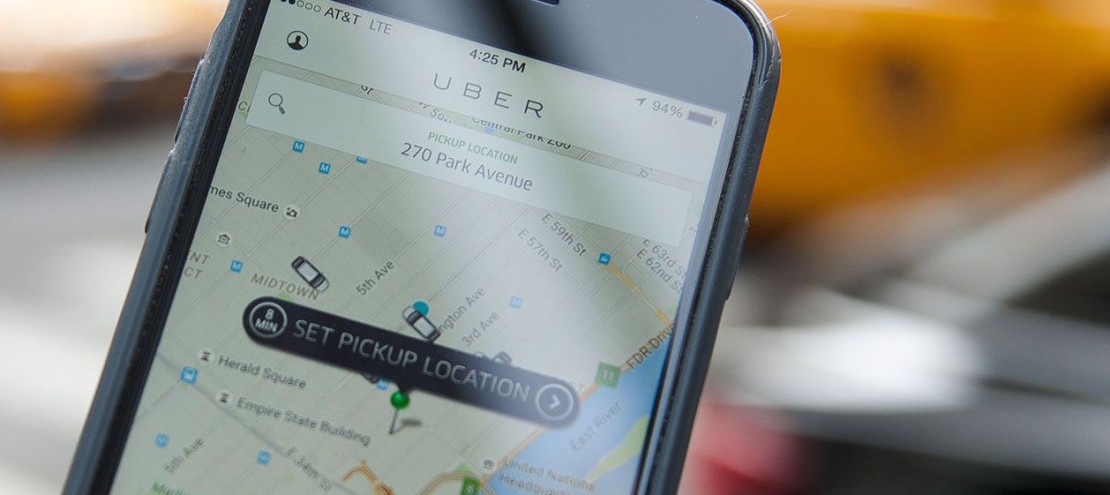With the changing legal landscape for ride-sharing and the entry of autonomous cars to the country’s roads, we’re clearly in an era of significant change. And, while there may be bumps along the way, we’re likely headed for a future with better, more efficient means of transport.
The current innovators disrupting America’s transportation paradigm are Uber, Lyft and other ride-sharing facilitators. These platforms are prime examples of what’s become known as “the sharing economy,” wherein resources –freelance taxi drivers’ time – are efficiently allocated among consumers, in this case through the Uber or Lyft interface. (Fun fact: In its never-ending quest to create catchy titles for tech concepts, the U.S. government has dubbed sharing economy platforms “digital matching firms.”)
While ride-sharing companies have greatly impacted the taxi industry and truly revolutionized the way many people travel, they are not without their challenges – and, in fact, they are currently grappling with several legal hurdles.
Most notable, perhaps, are the labor issues. One of Uber’s competitive advantages, which enable it to charge lower fares than other taxi companies, is the fact that its employees are independent contractors and are therefore not subject to protection by many employment laws. Effectively, while this model benefits both Uber (and Lyft) and their riders, drivers suffer from their lack of protection.
Understandably, many drivers and others are advocating for changes to Uber’s employment system. How this all plays out differs by region.
As detailed in the New York Times, Uber has been responding to calls from labor advocates with attempts to compromise. In one notable example, Uber recently “blessed” its New York drivers’ entrance into the Independent Drivers Guild, a non-union association that will give drivers certain rights, including the ability to appeal decisions by Uber to terminate them. Yet, despite this, drivers will still be unable to negotiate their wages.
In an editorial last month, the New York Post championed this compromise guild because of its potential to placate the labor advocates and let ride-sharing platforms continue to thrive. But even if the guild does maintain equilibrium in New York City, Uber is faced with challenges in other markets across the country.
Take Austin. They may call it Silicon Hills, but that doesn’t mean residents of the Texas capital are rallying around ride-sharing. Following the enactment of several regulations that greatly inhibited the practice, Uber and Lyft launched a multi-million-dollar campaign, creating a public referendum that would have bypassed those requirements. Yet, despite spending upwards of $8 million on public outreach, the campaign proved unsuccessful: 54 percent of the citizens of Austin voted against the referendum. As they had promised in advance of the vote, with the defeat, Uber and Lyft ceased operations in the Texas capital. The moratorium on Austin is likely a power play – these companies probably assume that disgruntled citizens will convince legislators to reconsider their regulations – but it’s undeniable that, while extremely popular, Uber and Lyft will have to navigate a growing number of regulations targeting them to maintain their market position.
Of course, beyond regulatory hurdles, there are other external factors that raise the question of whether Uber will last the test of time. (You just need hearken back to products like the Garmin GPS device – a revolutionary product that legitimately changed the way people operated – to see how a leading technology can quickly be rendered nearly irrelevant.)
For Uber and other transportation-related technologies, it’s clear that the winds of change have not subsided, and there’s room for concern that the disruptor will itself be disrupted by a changing vehicular paradigm – the widespread adoption of autonomous cars.
As has been well-documented, Google and others have been working on developing driverless cars over the past several years. What sort of effect will this have on transportation, as we know it? It’s hard to say.
It’s fairly easy to envision autonomous vehicles having an adverse impact on the ride-sharing industry. For one thing, the platforms will likely lose demand for their services, as inebriated individuals will no longer need external transportation and will instead be able to use their own autonomous vehicles. More broadly, there is general concern that driverless vehicles will revolutionize transportation in unforeseen ways. Will the ability to maximize driving time increase car ownership? Will groups of two or three households take advantage of the ability to easily shuttle a vehicle among themselves and share cars in that way? It’s really hard to predict.
Enjoy the ride!

